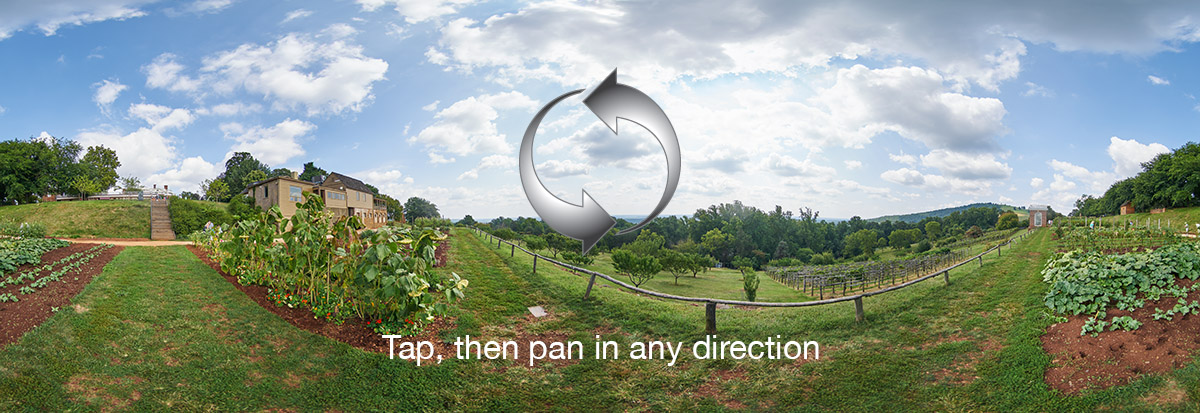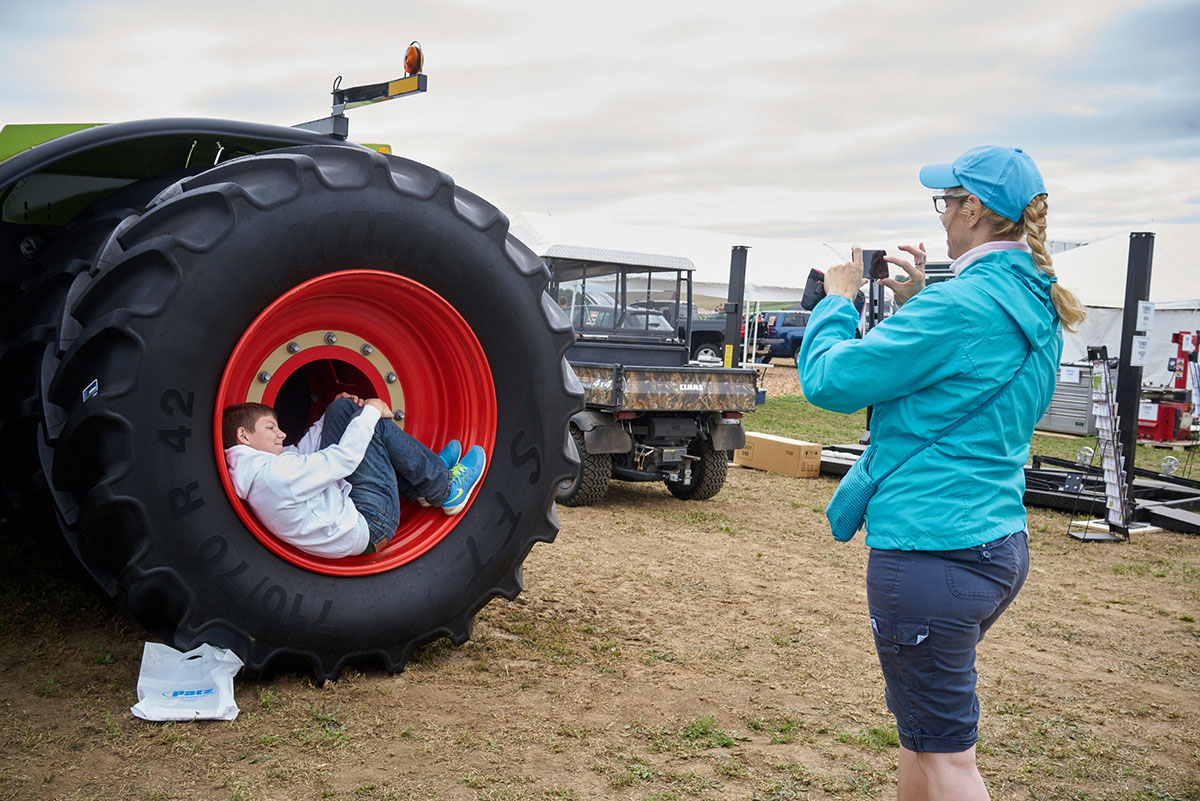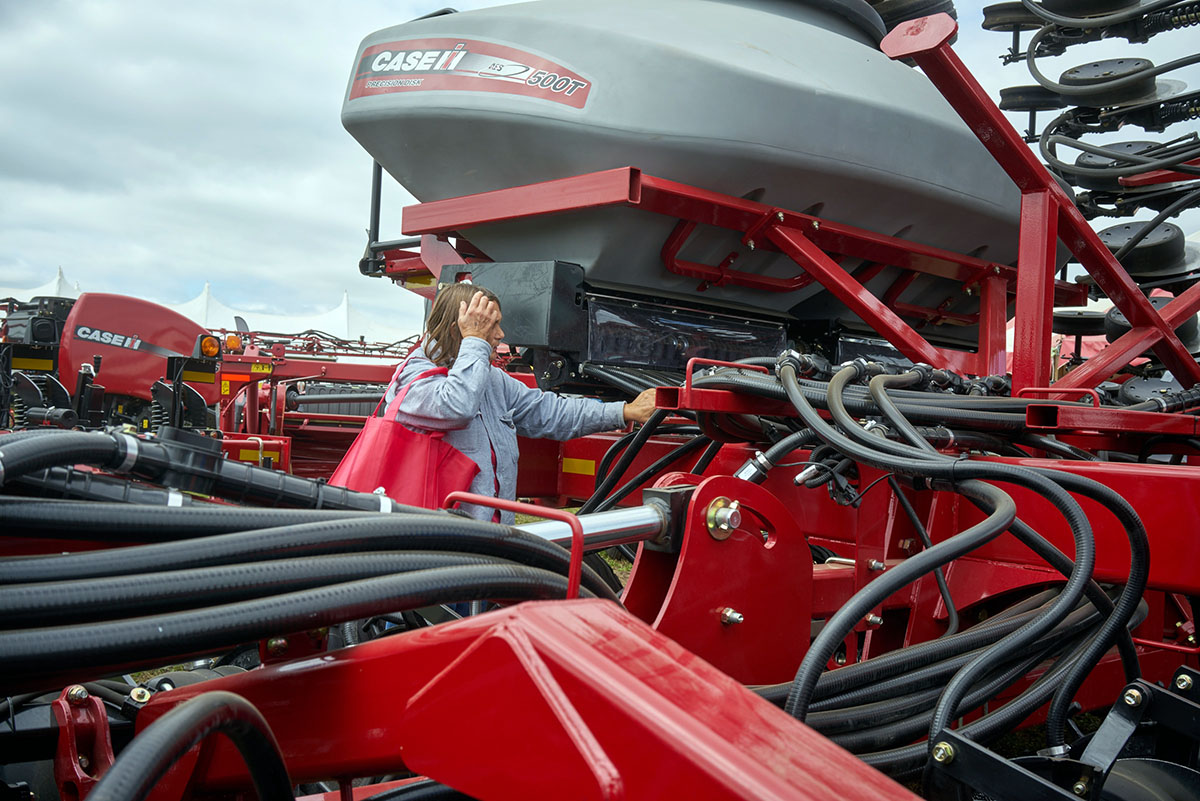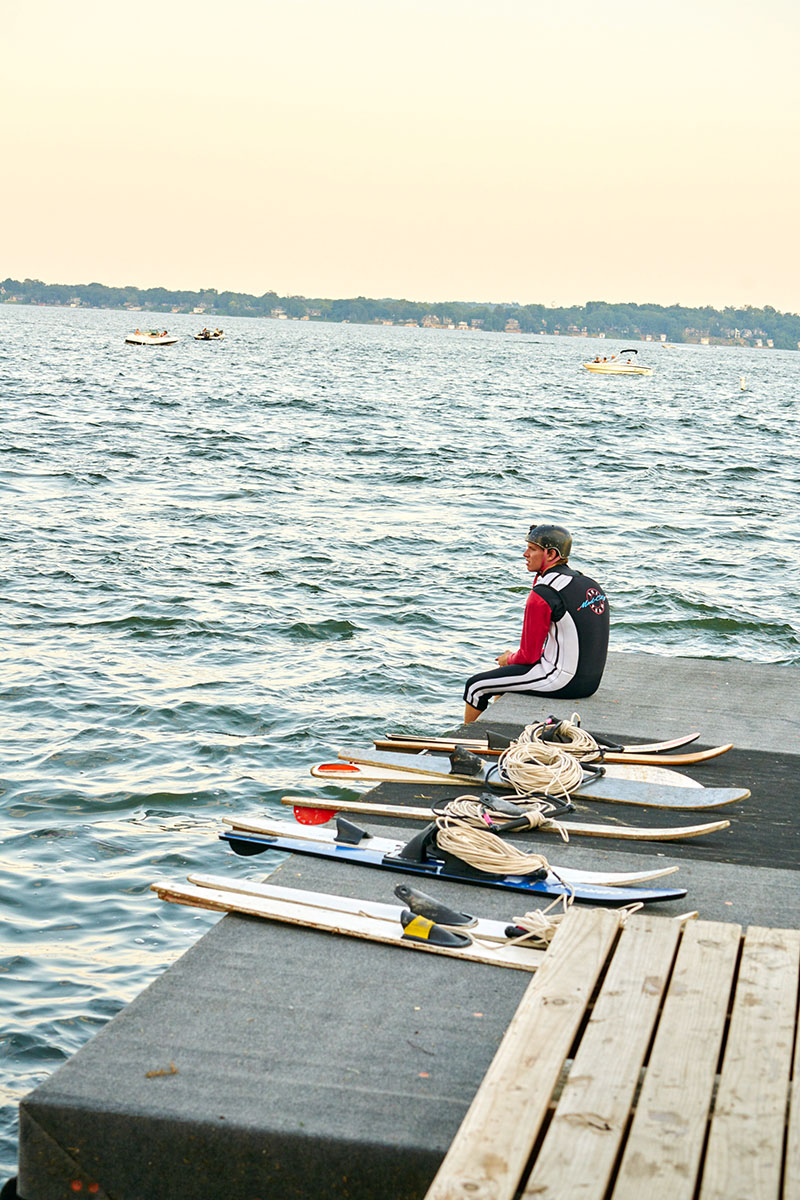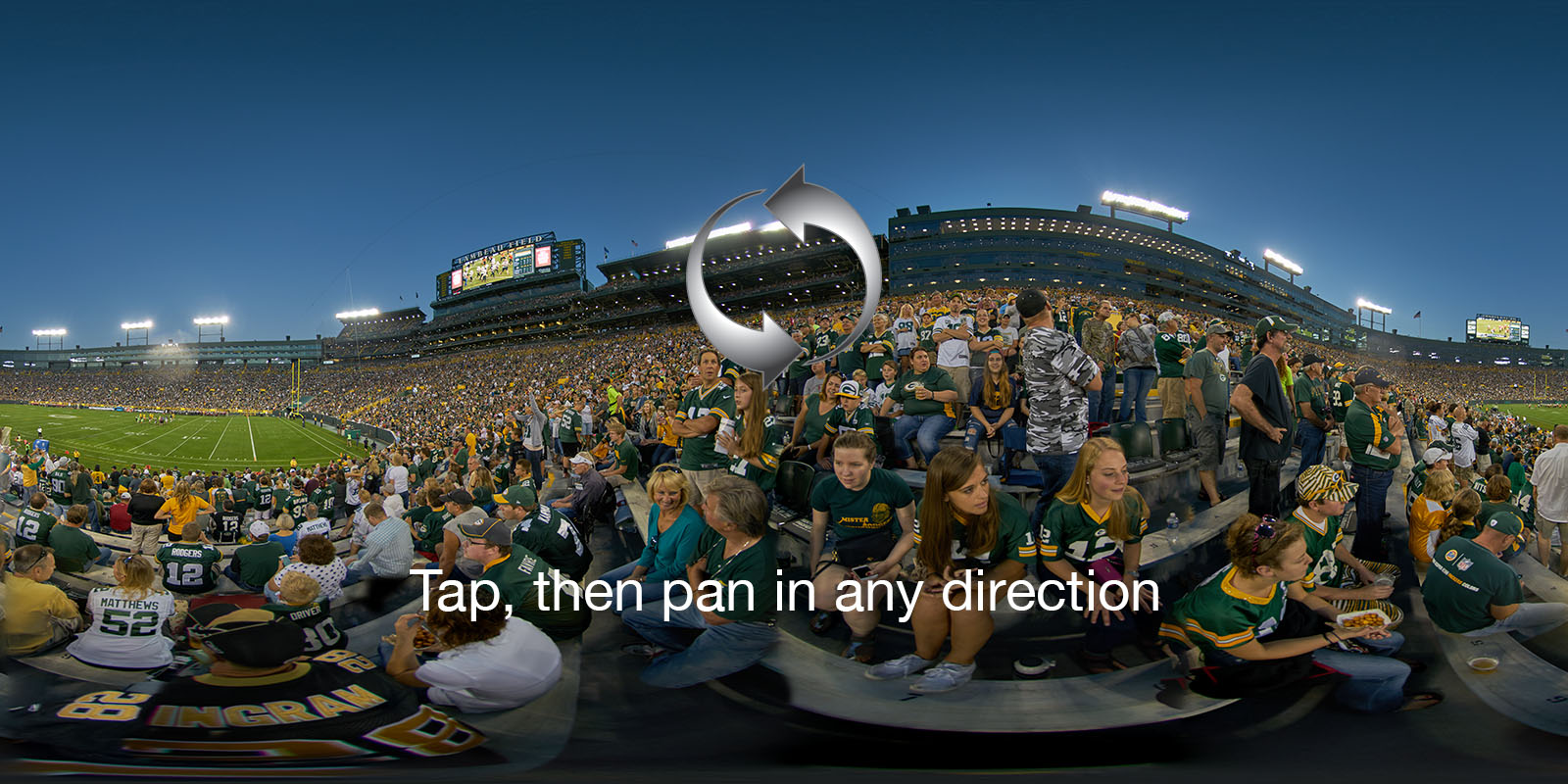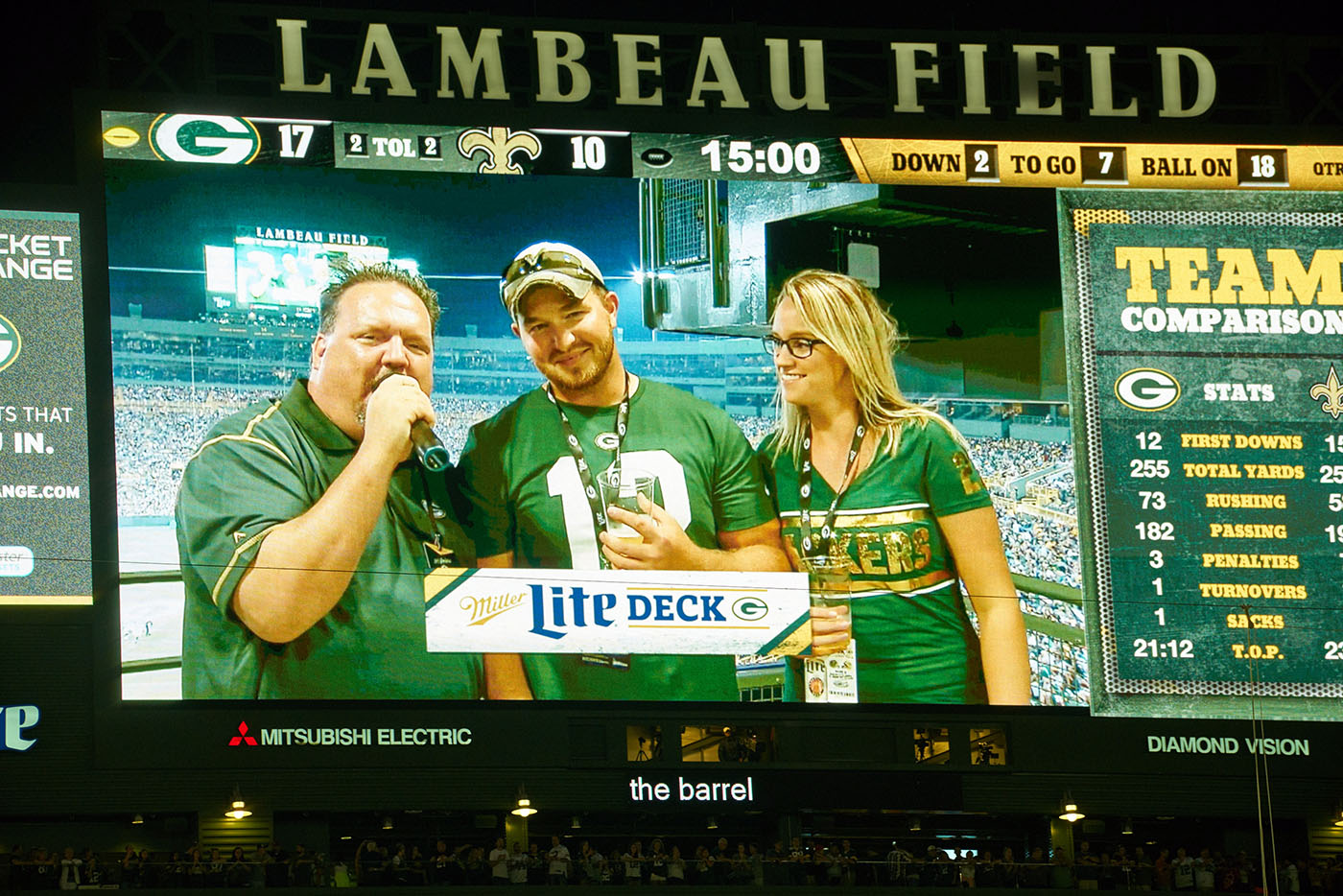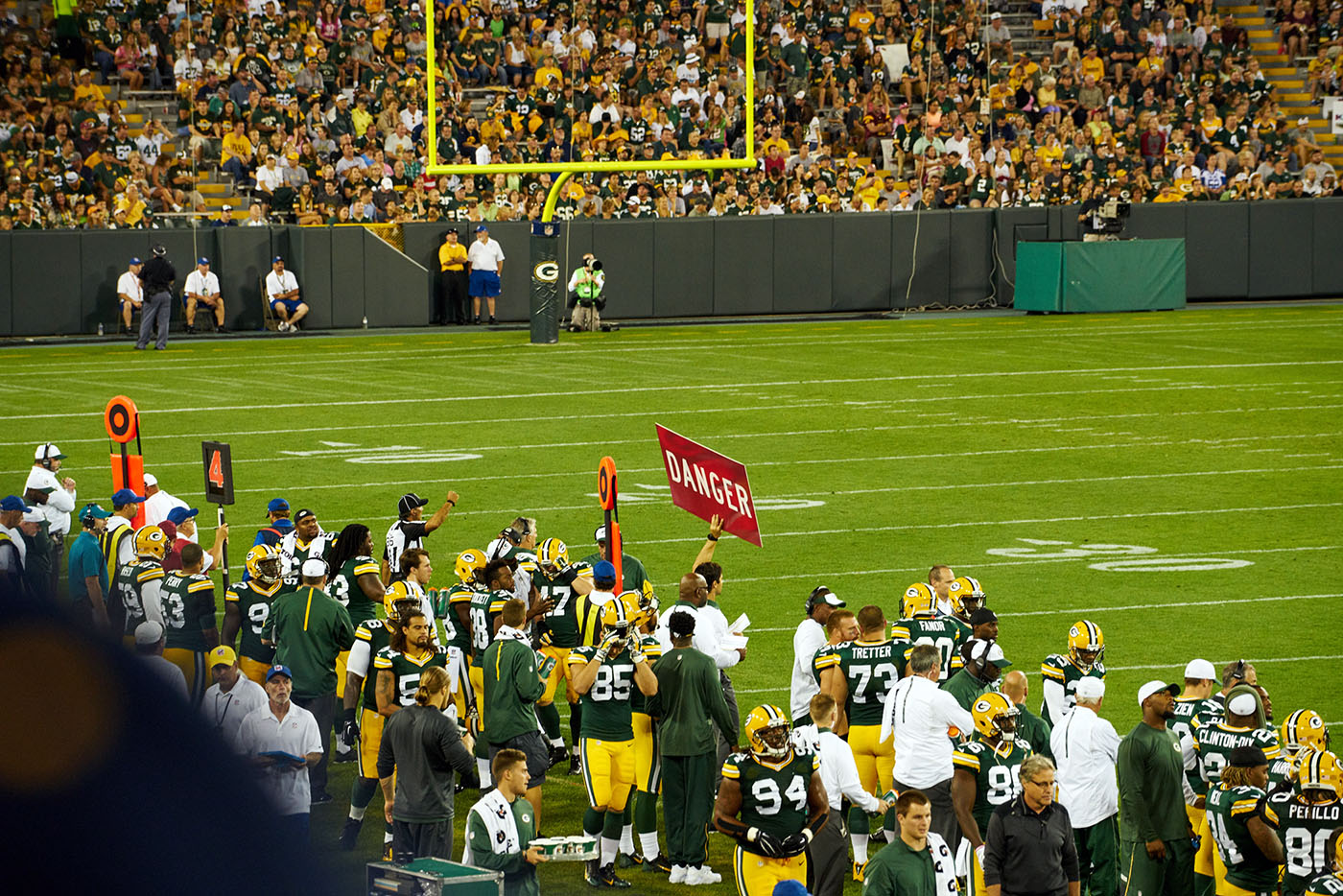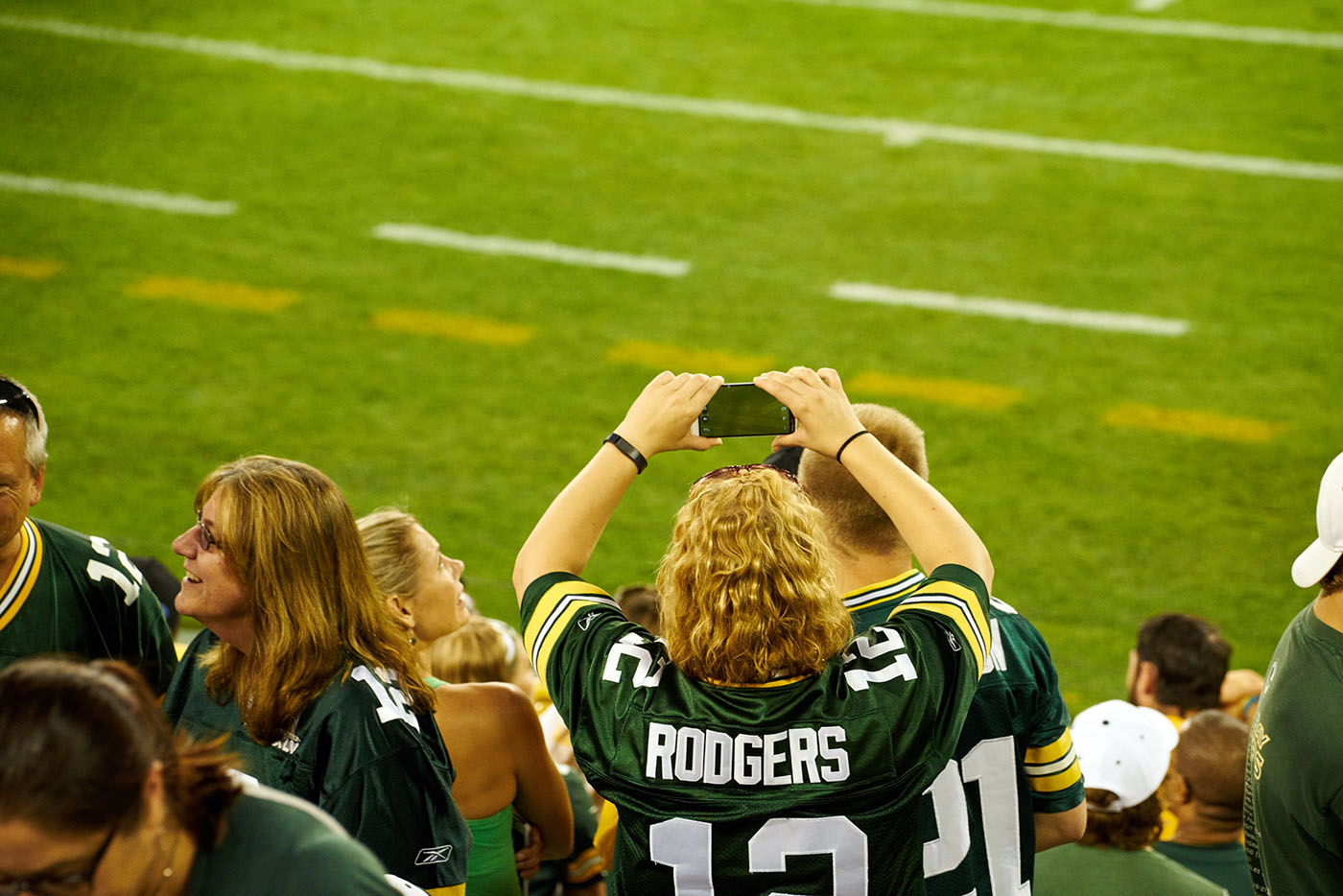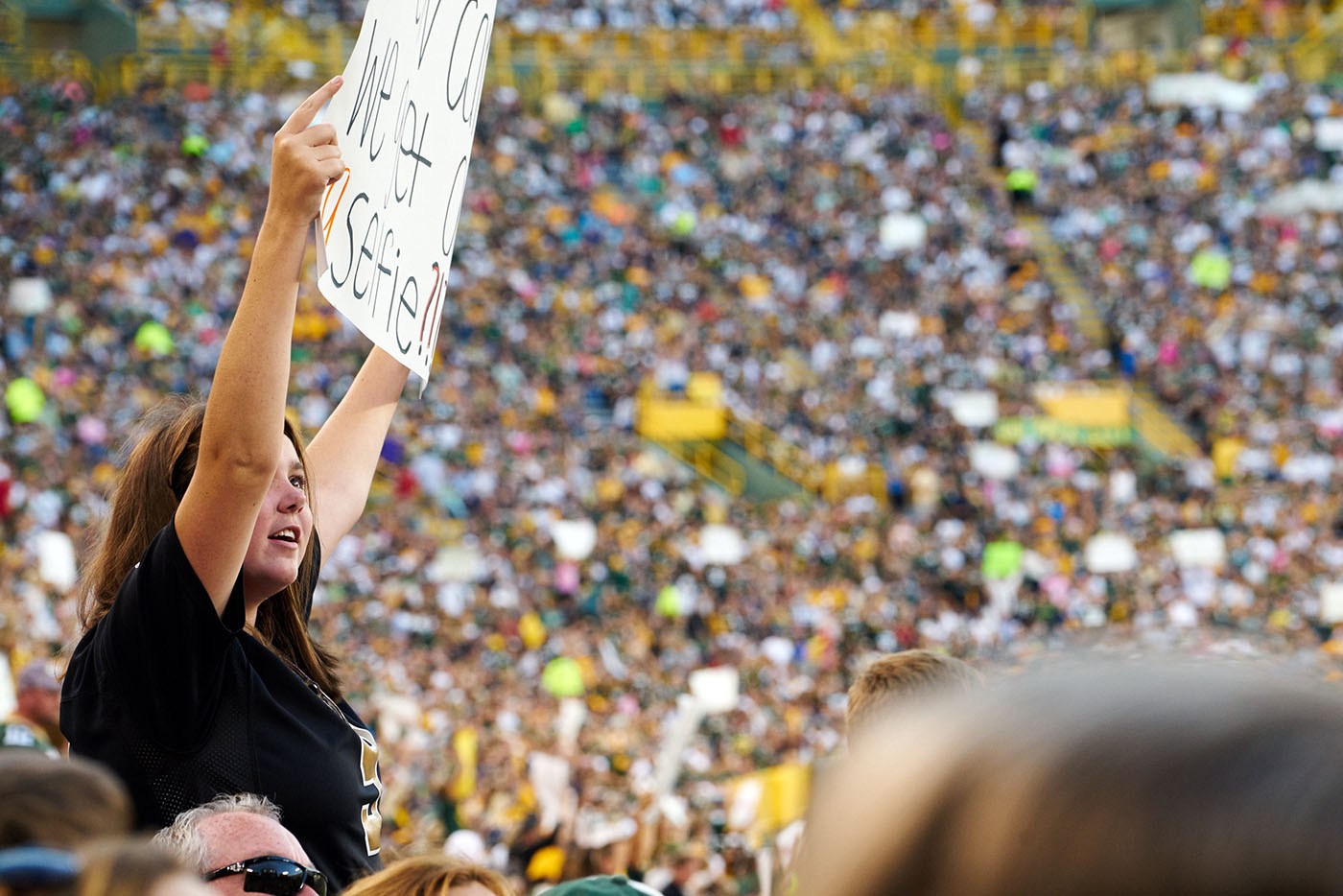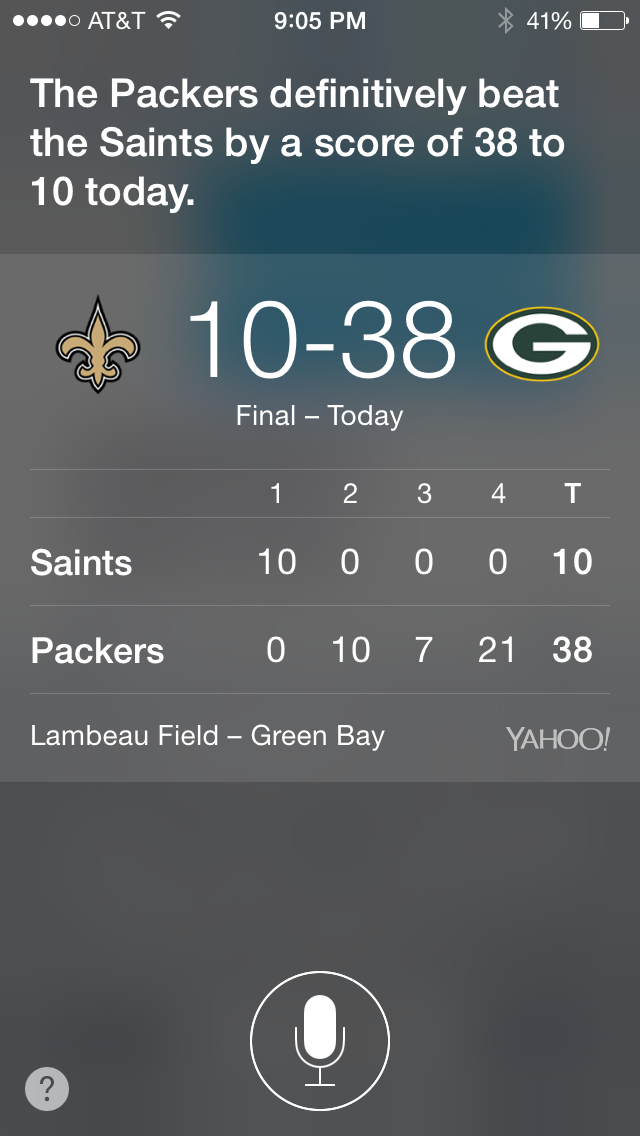Today, Kaplan is a vice president and distinguished scientist at Nuance Communications, which has become probably the biggest player in the voice interface business: It powers Ford’s in-car Sync system, was critical in Siri’s development, and has partnerships across nearly every industry. But Nuance finds itself in a crowded marketplace these days. Nearly every major tech company—from Amazon to Intel to Microsoft to Google—is chasing the sort of conversational user interface that Kaplan and his colleagues at PARC imagined decades ago. Dozens of startups are in the game too. All are scrambling to come out on top in the midst of a powerful shift under way in our relationship with technology. One day soon, these companies believe, you will talk to your gadgets the way you talk to your friends. And your gadgets will talk back. They will be able to hear what you say and figure out what you mean.
If you’re already steeped in today’s technology, these new tools will extend the reach of your digital life into places and situations where the graphical user interface cannot safely, pleasantly, or politely go. And the increasingly conversational nature of your back-and-forth with your devices will make your relationship to technology even more intimate, more loyal, more personal.
THE PERPETUALLY DYING ART OF THE SMALL-TOWN OBITUARY
After graduating from journalism school, I took a job at a tiny local paper in Northern California. I didn’t know this until I got there, but this paper was one of the few, and one of the last, perhaps, to publish long, reported obituaries for the common man, woman, and, even, child. Writing them became one of my primary tasks. The work was rewarding but difficult—I will never forget doing a two-page spread about the 9-year-old girl who drowned in a creek while having a picnic with her mom, for instance. I read reams of letters, diaries, and yellowed news clippings so old they crumbled in my hands, visited the homes of bereaved families, tracked down old photo albums—all to tell the stories of humans I would never know. I loved it.
Even before that job, though, the obituary form captivated me. You might even say it was an obsession; upon entering parties or business meetings, my mind would flash to what the obituary would be like for the person in front of me. (In my defense, the interest was also literary. They are kind of the ultimate in storytelling.) My mom traces these thoughts back to a serious car accident, about ten years ago. “You are very aware that the end could happen at any time,” she says.
But even though my days as an obituary writer were not that long ago, the culture of obituaries has changed greatly in the last few years. For one thing, newspaper numbers are dwindling: from 1990 to 2006, Pew Research Center calculated a 14 percent drop in daily papers in circulation. Social media has transformed how we communicate, as well, creating constantly pruned self-told stories. The obituary as we know it might be over. How will we remember the dead in the future? And what did we do in the past?
Monticello
On Manovich
Maybe we could think of it as a sort of meta- or hyper-avant-garde, that wanted not just a new way of communicating in a media but new kinds of media themselves. Kay and Nelson in particular wanted to give the possibility of creating new information structures to the user. For example, consider Richard Shoup’s, Superpaint, coded at Parc in 1973. Part of what it does is simulate real-world painting techniques. But it also added techniques that go beyond simulation, including copying, layering, scaling and grabbing frames from video. Its ‘paintbrush’ tool could behave in ways a paintbrush could not.
Airbnb Shares The Keys To Its Infrastructure
The infrastructure at Airbnb is not anywhere approaching that scale, but it is still large and growing fast. Curtis tells The Platform that Airbnb has around 5,000 EC2 instances running on AWS, most of them being reserved instances just to keep things simple. About 1,500 of those EC2 instances are deployed for the web-facing parts of its applications and the remaining 3,500 being used for various kinds of analytics and machine learning algorithms that drive the business. That ratio is interesting in and of itself, and it would not be surprising that as Airbnb grows, the amount of compute capacity dedicated to analytics and machine learning grows relative to the transaction processing portion of the business. The reason is simple: as more places become available on Airbnb and more people start using it, the challenge is not finding a place to rent, but finding the right place, one that satisfies both the renter and the host.
Wisconsin Farm Technology Days 2015
Nuhn’s $125K bat mobile style “lagoon crawler” was the most interesting vehicle I encountered.
I was a bit surprised to see the aesthetic imperfections on this quite expensive John Deere combine. Tap to zoom in on the photo.
Wisconsin Farm Technology Days.
The nearby event was a great opportunity to observe the incredible automation driving agriculture today. One surprise: the number of small seed companies operating in the Monsanto era..
The equipment conversations often included prices – which lack thousands. How much is this or that? $375, $250, $125.
The 21-year-old building India’s largest hotel network
BBC:
The firm launched in June 2013 with just $900 (£586; €799) a month, working with one hotel in Gurgaon near Delhi.
“I used to be the manager, engineer, receptionist for this one hotel and also deliver stuff in hotel rooms,” says Mr Agarwal. “At night I would write codes to develop our app and improve our website. But alongside this I was also building strong teams because I knew I wanted to scale this up. ”
But the only way he could persuade investors that it was a worthwhile idea was to show them just how bad some budget hotels in India were.
Sunday Evening Mad City Ski Team Fun
Migrants, Christianity and Europe: Diverse, desperate migrants have divided European Christians
But not all Italian Catholics, or their would-be political representatives, approve. Over the past few weeks, there have been some cantakerous public exchanges between a senior prelate and a rising politician of the right. Matteo Salvini, leader of the Northern League party and advocate of a new brand of Italian nationalism, has been sparring with Nunzio Galantino, the secretary of the Italian bishops’ conference. In a barbed rebuttal of anti-immigrant stereotypes, Bishop Galantino said politicians who played on xenophobic feelings were themselves “street-pedlars” hawking worthless trinkets; Mr Salvini said that as an ordinary, fallible Catholic he was at least as entitled to speak out as any “communist bishop”, and that he knew many people inside the church who shared his feeling that Italians must put their own interests first.
In Germany, progressive church leaders have been among the leading critics of Pegida, an anti-Muslim movement which has organised street demonstrations to denounce what it calls Europe’s creeping Islamisation. Only a handful of clerics have taken a different view; for example, a certain Father Paul Spätling spoke at a Pegida rally, only to be silenced by his bishop on grounds that such xenophobia is “not compatible with the Christian message of love, kindness and inclusion.” Meanwhile quite a lot of German churches are offering asylum to migrants (including Muslims) by letting them live on church property where the police cannot enter and deport them.
